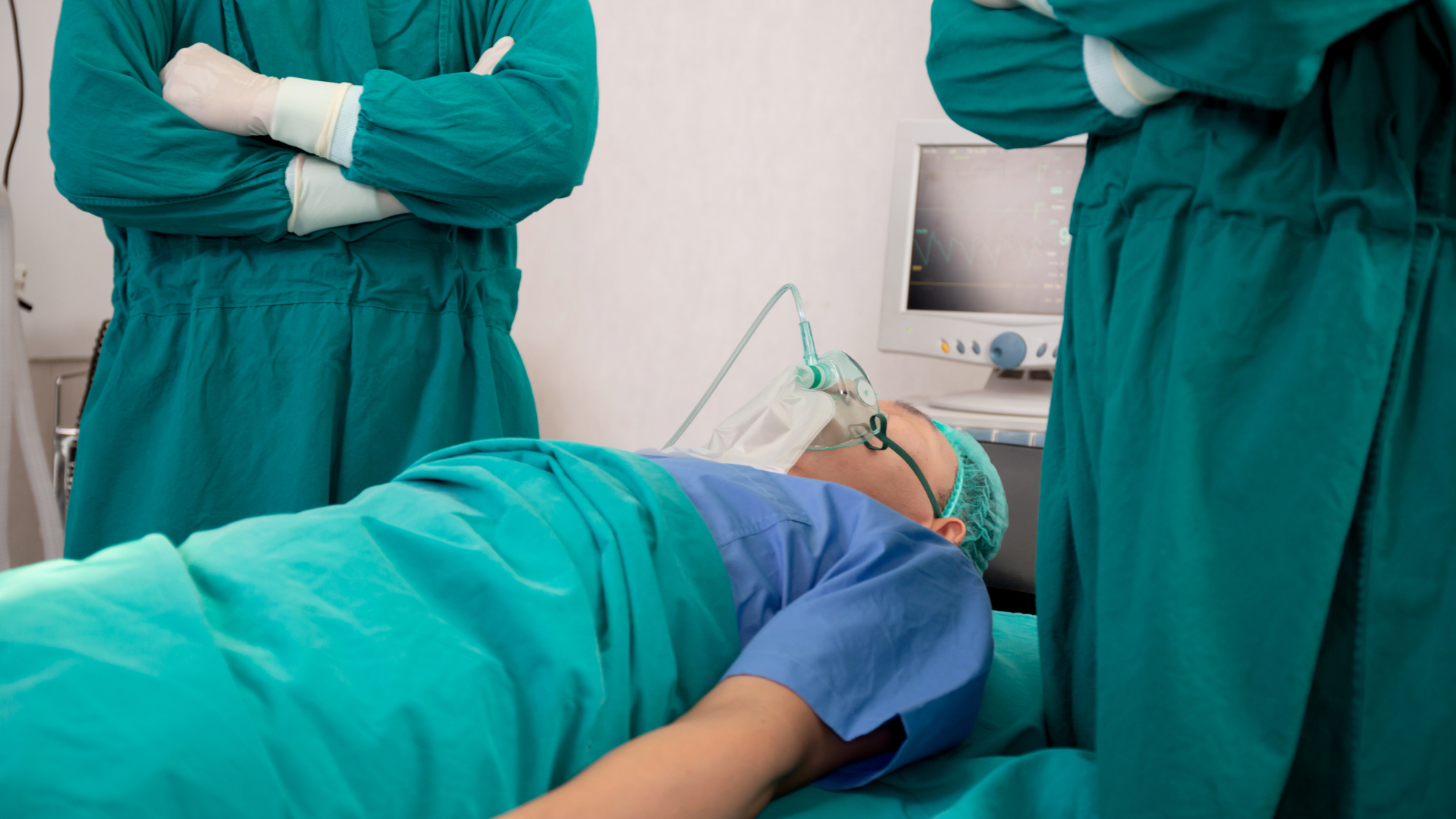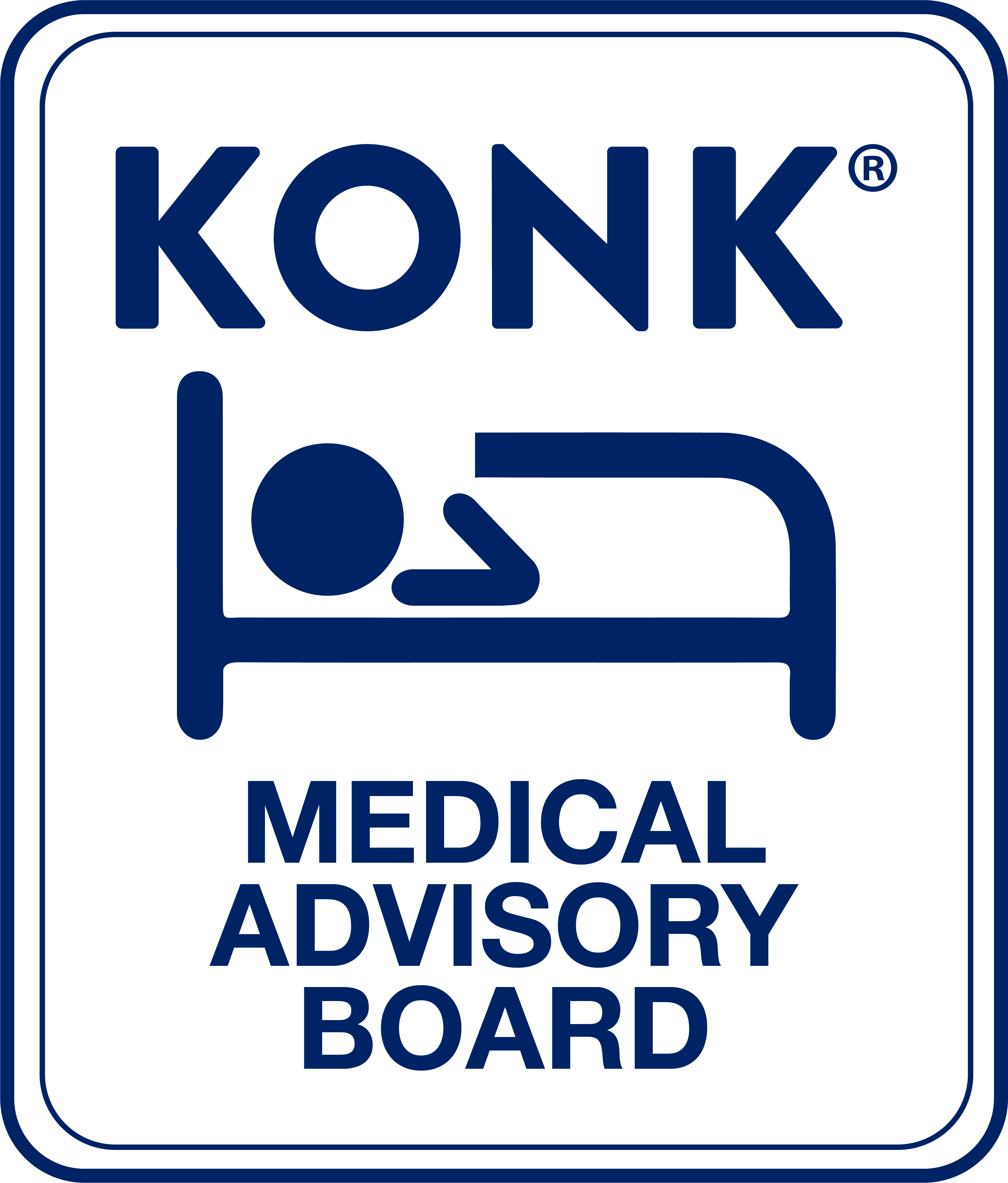Obstructive sleep apnea (OSA) is a sleep disorder that extends far beyond fatigue and snoring, especially when it goes undiagnosed. For patients undergoing surgery, untreated OSA is not only a hidden health threat but also a significant contributor to postoperative complications.
Despite widespread awareness of OSA’s risks, many patients enter the operating room without ever being evaluated for it. This oversight places both the patient and the surgical team at risk. With growing access to online sleep apnea diagnosis through platforms like Konk Sleep, there’s a real opportunity to catch these cases early and reduce preventable harm, particularly in ambulatory surgery center (ASC) settings where patients return home on the same day.
A Missed Connection in the PACU
It’s not uncommon for the link between a patient’s undiagnosed sleep apnea and a surgical complication to be made only after a critical event has occurred, typically in the post-anesthesia care unit (PACU). These complications include:
- Hypoxemia (dangerously low blood oxygen)
- Cardiac arrhythmias
- Coronary events or stroke
- Respiratory depression from opioids
These complications often emerge without warning. Many of these patients are later found to have untreated OSA. Add in the fact that individuals with sleep apnea tend to have lower pain thresholds, often requiring higher doses of opioids, and the risk of respiratory compromise increases even further. These events are not random; they are predictable and preventable.
Preoperative OSA Diagnosis Reduces Risk
Pre-surgical identification of sleep apnea can be a game changer. Initiating positive airway pressure (PAP) therapy before surgery and continuing it afterward has been shown to reduce postoperative complications dramatically.
Recognizing the urgency of this issue, the American Society of Anesthesiologists (ASA) endorses high-sensitivity screening protocols, even when they come at the cost of specificity. In other words, it’s better to flag too many potential OSA cases than to miss one that could lead to a serious adverse event.
Today, this is more achievable than ever. Services like Konk Sleep offer sleep apnea treatment online, allowing patients to complete a clinical evaluation and begin care without the delays and complexity of a traditional sleep lab visit.
Clinical Conditions That Should Raise Suspicion for OSA
During preoperative assessments, several common cardiovascular and metabolic conditions should raise suspicion for underlying sleep apnea, especially in patients who have never been formally evaluated.
Atrial Fibrillation (AF)
In cardiology clinics, up to 50% of patients with AF also have sleep apnea. Hypoxemia from untreated OSA can trigger episodes of AF, particularly in patients taking opioids or sedatives during surgery. When OSA is not addressed, it becomes much harder to manage the arrhythmia effectively.
Myocardial Infarction (MI)
Roughly half of all patients with a history of heart attack have OSA, and that number rises to 60% among those with recurrent MI. Since OSA-related oxygen dips occur most often during early morning hours a known time of increased cardiovascular risk, sedation, and anesthesia may inadvertently replicate this high-risk window.
Hypertension
More than one-third of hypertensive patients also suffer from sleep apnea. In those with resistant hypertension, the incidence jumps to 70–80%. Until the OSA is treated, blood pressure may remain difficult to control, and anesthesia can worsen perfusion imbalances in these patients.
Hyperlipidemia
While not an acute concern during surgery, elevated cholesterol levels may be a biomarker for undiagnosed OSA. Hyperlipidemia is frequently seen alongside sleep-disordered breathing and can indicate broader cardiometabolic risk.
Heart Failure
Up to 50% of patients with heart failure have some form of sleep apnea. In these cases, referral to a sleep medicine specialist for in-person evaluation is often more appropriate than using an at-home or virtual-first model, given the complexity of comorbidities.
The Role of Anesthesiologists and ASC Surgeons
Surgical teams are uniquely positioned to identify OSA risk in patients who may never have pursued sleep evaluation otherwise. By incorporating OSA screening into preoperative protocols, clinicians can:
- Prevent adverse events during and after surgery
- Reduce hospital admissions and readmissions
- Align with national guidelines and reduce malpractice risk
Anesthesiologists and ASC surgeons act on early warning signs such as a history of AF, MI, or hypertension not only in their patients but also in their practice. Documented failure to diagnose OSA is increasingly cited in legal cases involving postoperative complications.
Accessible, Evidence-Based Treatment Through Konk Sleep
Undiagnosed sleep apnea is a medical risk but also a solvable one. With the emergence of online sleep apnea diagnosis and treatment platforms, the barriers to care are significantly reduced.
Konk Sleep’s virtual-first model makes it possible to:
- Complete a digital clinical interview with a licensed specialist
- Receive a diagnosis quickly and efficiently
- Begin personalized treatment, including auto-adjusting CPAP therapy
- Access ongoing care without visiting a clinic or lab
For patients preparing for surgery or those recovering from a procedure who have never considered sleep apnea a contributing factor, Konk Sleep provides a timely and clinically appropriate solution.
Prevent Complications Before They Begin
The evidence is clear: sleep apnea plays a significant role in surgical risk and postoperative recovery. Recognizing the signs early, even during routine assessments, can change outcomes. Whether you’re a healthcare provider looking to protect your patients or an individual concerned about sleep-related symptoms, access to affordable, online sleep apnea treatment can make a measurable difference.


